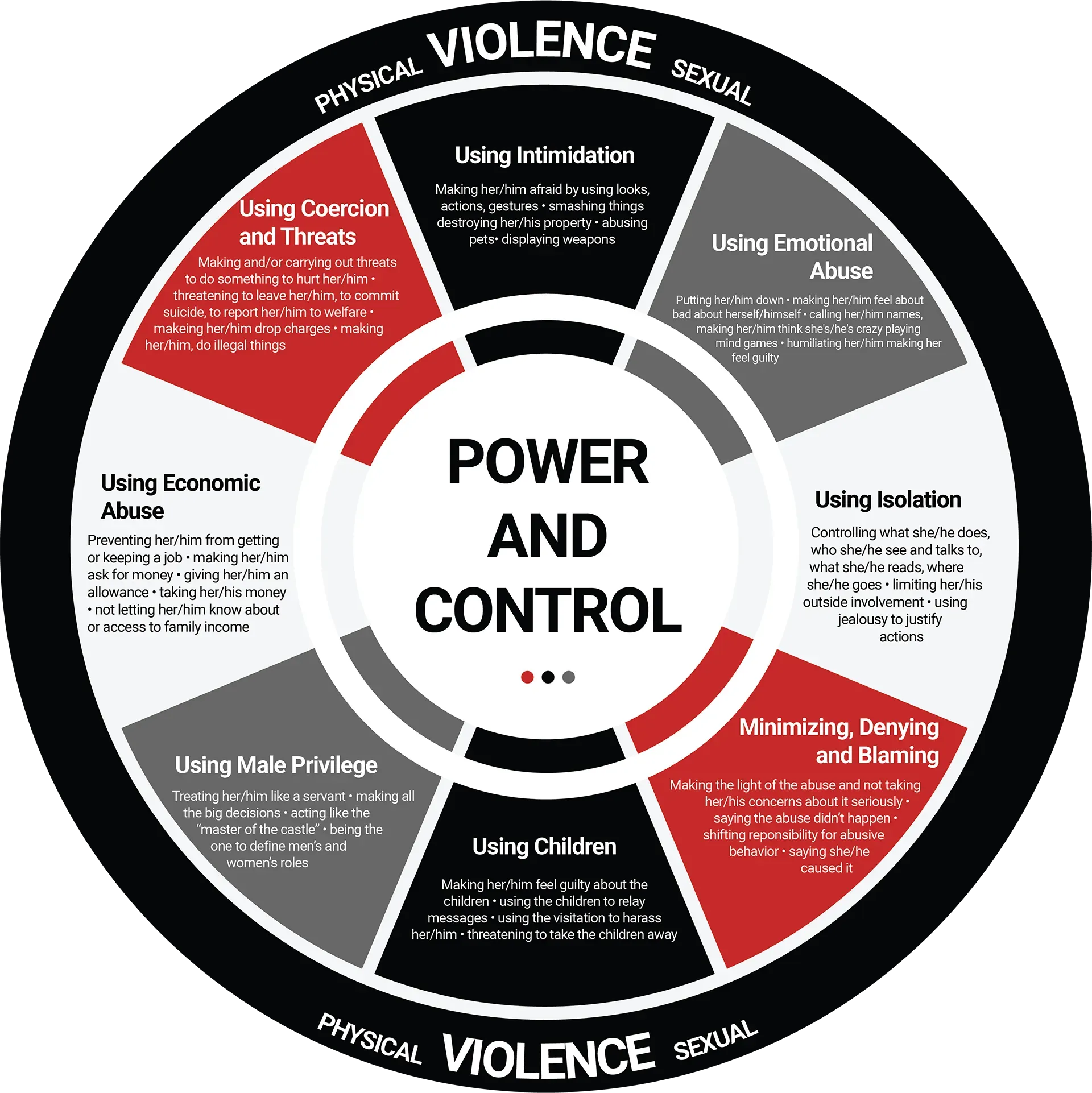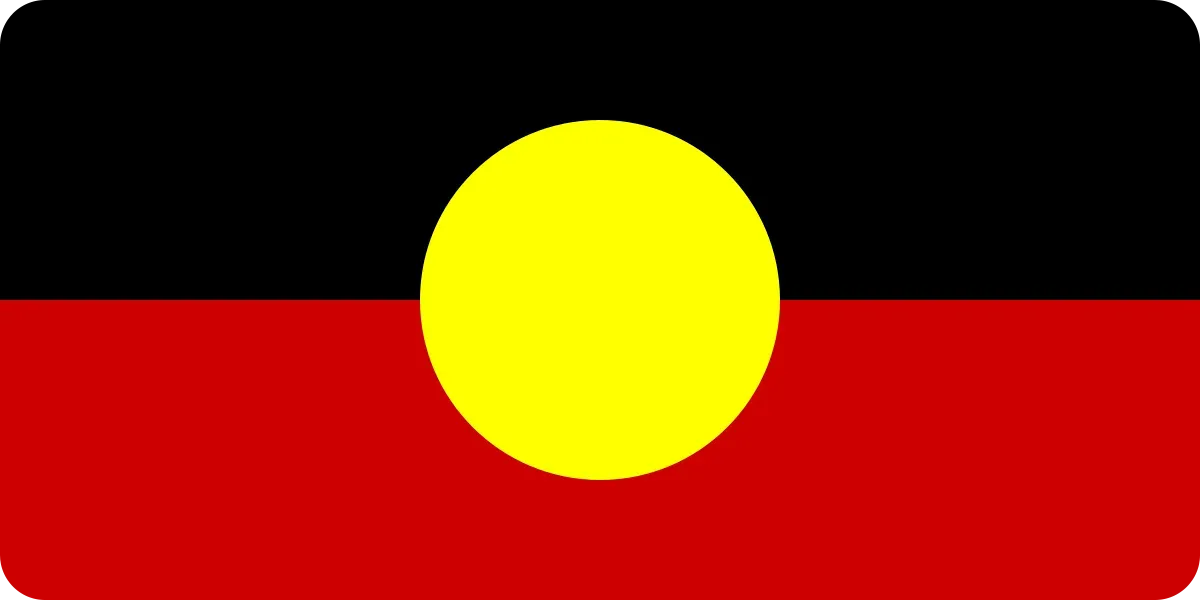What is Domestic & Family Abuse?
Domestic and family violence is not just physical. It is a pattern of behaviour used to control, dominate, or cause fear in another person.
It can occur between partners, ex-partners, family members, or carers and affects people of all ages, cultures, and communities. While anyone can experience abuse, it disproportionately affects women and children.
Key Points
- Abuse is about power and control, not anger or stress.
- It takes many forms, often several at the same time.
- Abuse doesn’t always leave visible marks; many harms are hidden but equally harmful.
- The impacts extend beyond the individual, affecting children, families, and the wider community.
Forms of Abuse
Domestic and family violence can take many forms. Often, more than one type of abuse is used at the same time. The Power & Control Wheel helps explain how abuse is used to dominate and control.
Myths About Domestic & Family Violence
Misconceptions make it harder for victims to seek help.
Myth: Domestic violence is caused by alcohol, drugs, or stress.
Fact: These factors don’t cause violence. Abuse is a choice to assert power and control
Myth: If it were really bad, the victim would just leave.
Fact: Leaving is often the most dangerous time. Victims face barriers like financial dependence, fear of retaliation, and concern for children and pets.
Myth: Domestic violence only happens in certain communities.
Fact: Abuse occurs across all ages, cultures, and social groups.
Why This Matters
Domestic and family violence is one of the most widespread and damaging social issues in Australia.
- It undermines health, well-being, and independence.
- Children exposed to violence often experience trauma and developmental impacts.
- Communities carry the burden through health, policing, and social service costs.




